A: The 2D to 3D processing technology currently applied to projectors and flat-panel TVs is still in development. Because the original 2D image is not specifically for 3D images, in other words, there is no information required for 3D image production, so 2D to 3D processing technology must automatically implement 3D image effects in real-time processing. This stereo effect sometimes gets good results, sometimes not ideal. If the 3D stereoscopic effect is more exaggerated, the effect is even less desirable. Most good film directors believe that good 3D effects, apart from those occasional special scenes, are not to be particularly exaggerated, but to make the film more exciting and engaging.
The 2D to 3D processing technology mainly provides a real-world 3D scene by analyzing each frame of the image and analyzing and processing the same visual cue. For example, in the distance from Beijing, as the object moves far away, the object will become smaller, and the shape of the shadow will indicate the size and position of the object. Moving one object to the other back means that the physics is far away. The 3D synthesis algorithm utilizes this conventional 2D visual common sense, which creates the current 3D stereoscopic image.
This processing technology is very similar to the technology used in the post-production studio of 3D movies, and it produces very good results. But it is different. If the original 2D image signal is animated, or an image created later in the computer, the film post-production studio can re-integrate each of the images through the computer to create a convincing and realistic 3D stereo image. This is not possible with projectors and flat-panel TVs that use real-time 2D to 3D technology.
In a word: "Creating 3D is simple, creating realistic 3D is not easy."
Q: I am very interested in Sony's latest 4K2K-class home theater projector. However, I found a very difficult question: Why is the native physical resolution of this projector chip 4096×2160, which is different from other 4K2K display devices (3840×2160)? Will this cause a peer-to-peer problem?
A: This problem is quite complicated and involves the problem of pixel pairing. Sony's 4K-class projector should be able to achieve 4:1 pixel matching to ensure the correct picture size. Therefore, it does not cause a point-to-point problem.
In the US market, JVC also introduced a new 4K projector to the civilian market, but it uses a completely different physical resolution than the Sony 4K model. On this issue, I (Gregg Loewen) to the American JVC engineer Ken Bylsma I consulted about this matter.
He pointed out that the 4K model brought by JVC is special, and the physical resolution of 3840×2160 is created by the e-Shift system. Because its display ratio is 1.78:1, it is consistent with 1920×1080 video. Late deformation processing. The e-Shift system does not simply double the 1920×1080 frame to create a 3840×2160 frame. In fact, this is a hybrid intelligent process. The e-Shift system estimates each 1920×1080 frame picture, uses a related detection technique to calculate, and creates a complete 3840×2160 frame picture in real time. This implementation can increase the transition between two frames, increase the contrast and detail, and minimize the distortion of the picture after the line is up. Next, the enhanced 3840×2160 frame picture is then divided into two new 1920×1080 frames, and the two sets of 1920×1080 display chips and the optical engine are in a diagonal offset of 1/2 pixels. A frame with a 3840×2160 precision is composed of an s-Shift system at a frequency of 120 Hz. This 1/2 pixel process is entirely part of the optical system and is not mechanically operated. In addition, JVC's e-Shift technology was developed in collaboration with NHK.
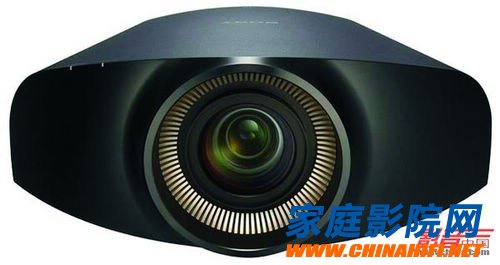
Sony's latest 4K2K home theater projector VPL-VW1000
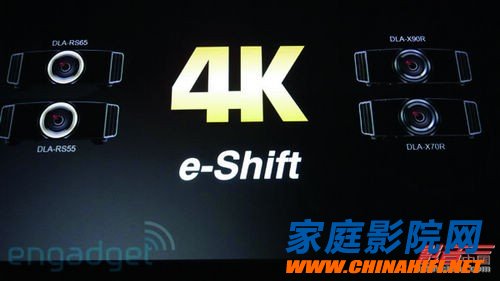
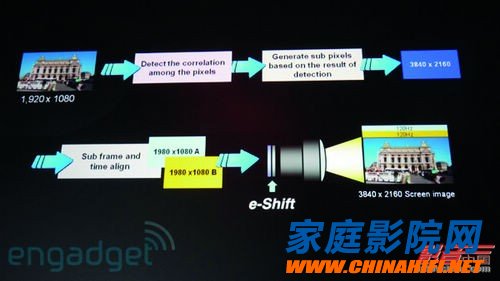
JVC has launched a 4K2K projection system combining two 1080p projectors with e-Shift processing technology in the North American market.
Q: I don't know a few things about the audio. I would like to ask the friends of the magazine to answer: What is the difference between Tianlong and Harman Kardon? Is there any difference between Tianlong AVR-2312 and Harman Kardon AVR-360? Level output. Tianlong AVR-2311 or Harman Kardon AVR-360 push Jieshi RF82 push it? If you can't push RF62, what effect will it be? In addition, I don't understand why some of the thousands of dollars in North America have only a few tens of watts of power. They and thousands of Japanese power amplifiers such as Pioneer VSX-520/820/920 (nominal 150W), Denon AVR-1612/ What is the difference between 1912/2312 (nominal 150W)? Another thing that bothers me the most is that I am scouring a pair of second-hand (three-unit two-way) speakers in the market. The Pioneer 520 feels very good in music. For this reason, I also went to the advanced audio store to listen. Those who have tens of thousands of grades of equipment feel like my effect. What is the reason?
A: Harman/Kardon's voice is a pure American style. The sound is rough and the atmosphere is heavy, the energy and the driving force are relatively strong, and Denon is relatively superior in the soundness and speed response of the sound. Overall, Harman/Kardon sounds a bit thicker, and Denon is relatively clear, depending on your personal preferences.
As for what you call the AVR-2312 and AVR-360, there are only the preamp output of the subwoofer channel, so you cannot connect the more powerful rear stage. The Denon AVR-2311 and the Harman/Kardon AVR-360 drive the Jasper RF82 to estimate the effect. The RF62 is not a big problem. In addition, Denon AVR-2311, Harman/Kardon with the LCR-222/S30/Turbo 1000 speakers are also good, I recommend you listen.
In terms of power, it is impossible to judge the power of the power amplifier by the nominal power alone. In fact, there are many factors that affect the control power of the power amplifier. For example, the output current and the damping coefficient directly affect the control power of the power amplifier. Therefore, this nominal power can only give you a reference. In addition, you need to look at the additional conditions (such as 8 ohms, 6 ohms, etc.) after this nominal power value in the manual. Many Japanese power amplifiers measure the output power at a load impedance of 6 ohms. At this time, the measured power will be larger, while 8 ohms is relatively small. This is something to be aware of.
In addition, I don't know what kind of speakers you are scouring, so you can't compare them with other products. In addition, reasonable equipment matching is also very important, even if it is very expensive equipment, if the match is unreasonable, the sound is very ugly.
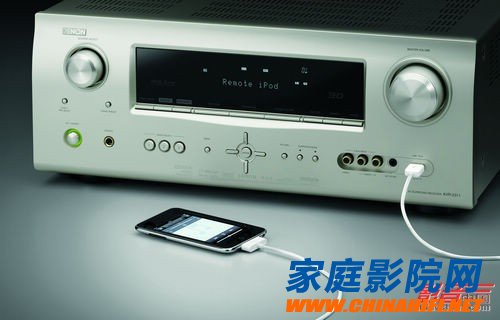
Q: I am optimistic about AE's NEO series speakers. If paired with Pioneer VSX-LX53 or Onkyo TX-NR709, which combination sound will be better? thank you very much!
A: AE's NEO series speakers are really good, the sound is fine and the speed is good, especially the analysis and transparency of the middle and high parts are very good. The Pioneer VSX-LX53 and Onkyo TX-NR709 are both of the same class products. Both have their own advantages, and the quality is also good. It is difficult to determine which one will be better. This depends on your own preferences, so I suggest you go and listen to it and make a decision.
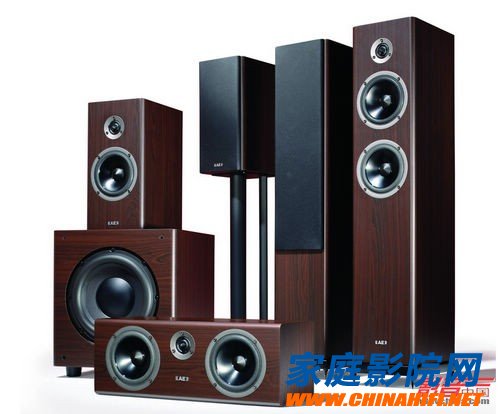
Guangzhou Ehang Electronic Co., Ltd. , https://www.ehangmobile.com
